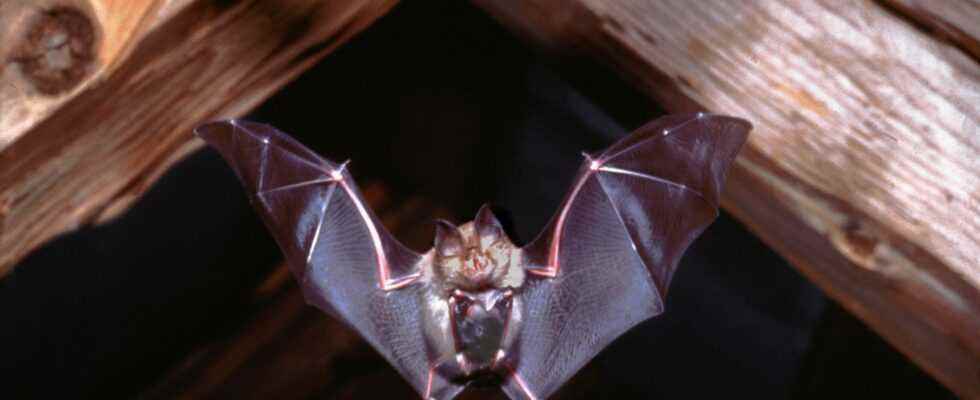These mild evenings at the end of July invite you to sit outside. And since…. Did you notice? That shadow that silently passed over you; fast, skilful, purposeful… It was most likely a bat on its way to its nocturnal forays. The “Krone” was in action for the small beneficial insects, which unfortunately are often threatened with extinction.
Bats are a great indicator of good environmental conditions. So if you see bats, be happy. The world is still okay with you. We at the “Krone” helped to prepare a future for these animals as part of the “Show responsibility!” engagement days. Together with Klaus Krainer, the founder of the ARGE NATURSCHUTZ, we have made it our task to do something good for the native bats, which play an important role in various ecosystems and also help to reduce pests in agriculture and forestry do.Old bunker as winter quartersEquipped with a ladder, measuring tape, various tools and ten special boxes for birds and bats, we covered a sweaty hike to an old military bunker. Hidden between the lush green of nature, the entrance to the abandoned fortifications, which now serve as winter quarters for the little horseshoe bats, suddenly appeared. Between cave spiders and critters, the old walls were measured and checked for their suitability for winter. Search for roost from mid-October “Native bats hibernate in frost-free hiding places with high humidity such as caves, tunnels or under boulders,” says Krainer. From mid-October, the little animals start looking for quarters. “Until then, eat as long as you can. They are active again from March at the earliest,” explains the biologist. And during this time, the focus is of course on the offspring. The ten boxes were therefore labeled, precisely documented and attached to different trees. are located in Carinthia. Some species, such as the lesser mouse-eared bat, the long-eared bat or the Bechstein’s bat are already threatened with extinction. “Bats are viviparous and normally only have one young. The gestation period is six weeks on average,” adds Krainer, who is already hoping for settlements of the small beneficial insects during his next check round. “Even if anyone discovers bats at home, please let us know. We are grateful for every report and documentation.”
source site-12
